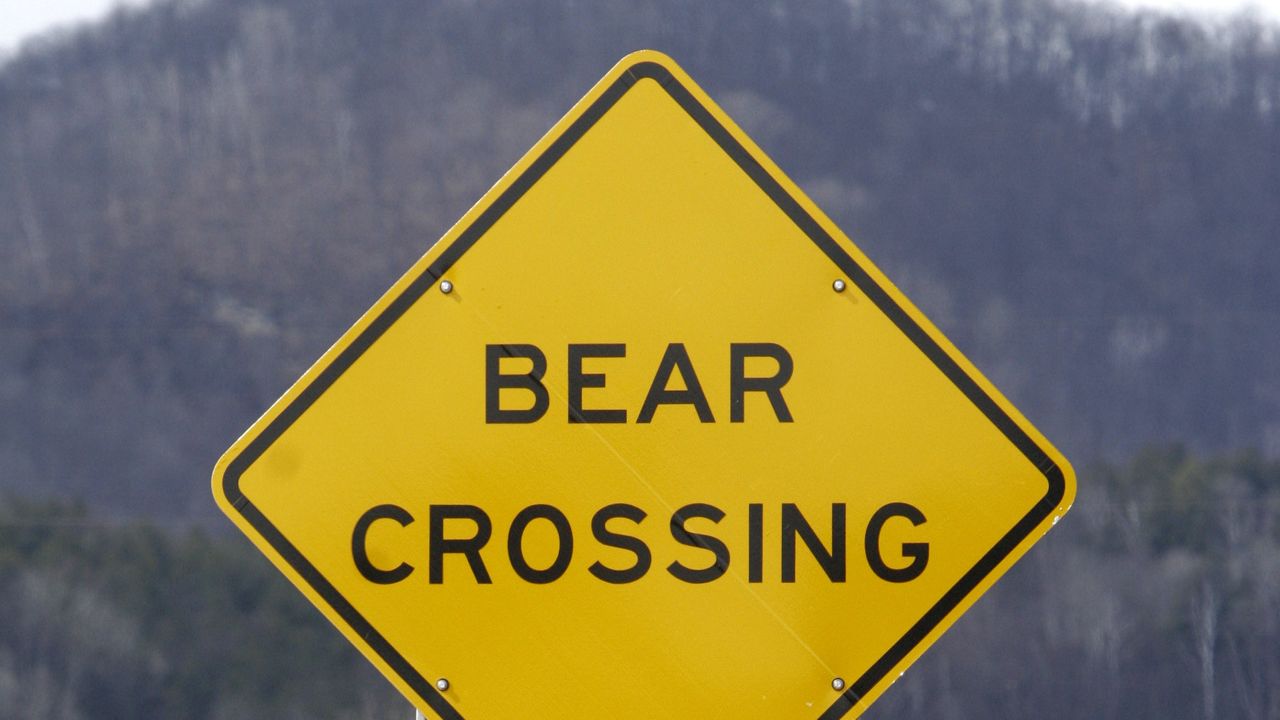The Biden administration has awarded a grant totaling $323,850 to the New York state Department of Transportation to conduct a two-phase study on wildlife-vehicle collisions and ways to improve habitat connectivity, the Federal Highway Administration announced Friday.
The grant will go toward initiatives aimed to reduce vehicle collisions with wildlife while also supporting the survival of threatened or endangered species. Studies and projects would construct wildlife crossings over and below busy roads, add fencing to direct animals to the crossings and monitor performance of crossing systems.
The funding is part of the Wildlife Crossings Pilot Program, which is part of the Bipartisan Infrastructure Law that Congress passed and President Joe Biden signed into law in 2021. New York is one of 16 grant recipients selected to receive funding in the latest round of grants under the program.
“Too many Americans are injured or killed each year in crashes involving cars and wildlife, especially in rural areas – which is why our Department created the first-ever program dedicated to crossings that make roads and highways safer for both humans and wildlife,” U.S. Transportation Secretary Pete Buttigieg said in a statement. “With funding made possible by the Bipartisan Infrastructure Law, the projects moving forward in 16 states will reduce collisions between drivers and wildlife, create places for wildlife to safely move over and under highways, and help preserve American life and property.”
According to the Federal Highway Administration, more than one million wildlife vehicle collisions are estimated to impact motorists and wildlife in the U.S each year, resulting in approximately 200 human deaths, 26,000 injuries and $10 billion in related costs.
The state DOT will use the grant in two phases, one to locate and map hot spots of wildlife-vehicle collisions, identify habitat improvement zones along state roadways and designate wildlife corridors. The second will develop a standardized decision-making process for improving roadway safety and habitats.



